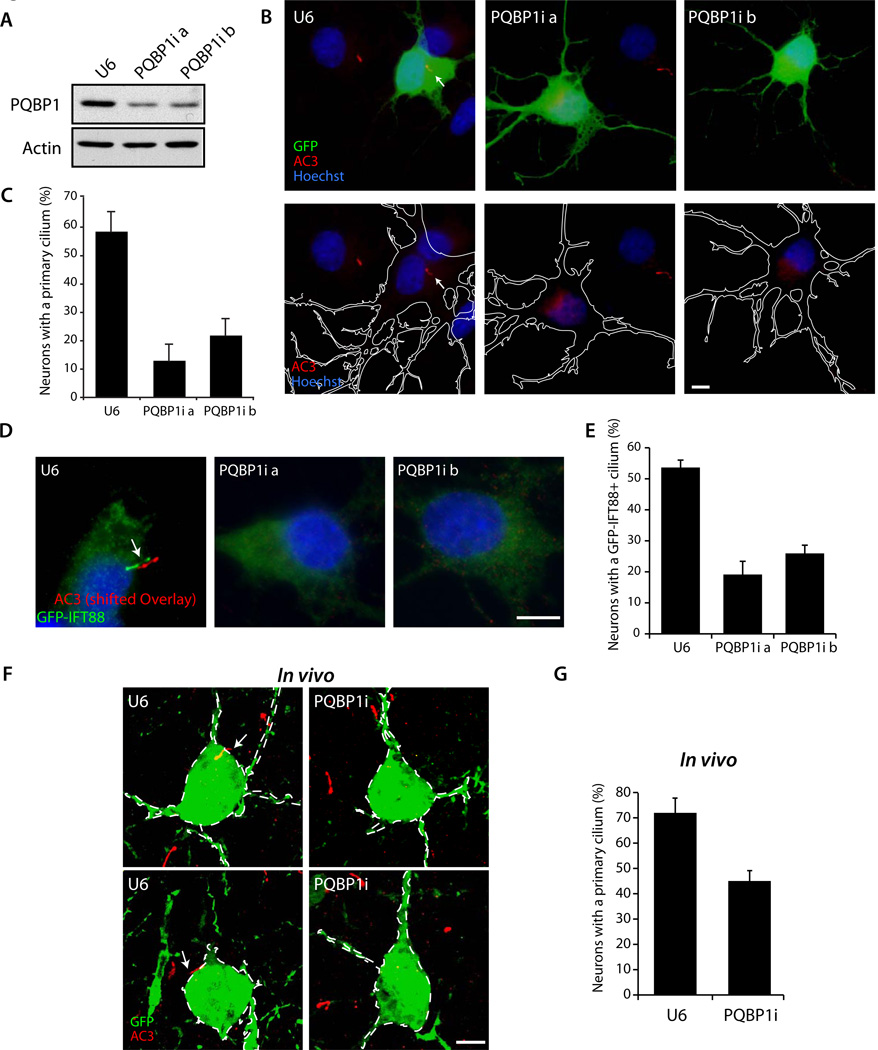Figure 2. PQBP1 is required for ciliogenesis in primary hippocampal neurons and the cerebral cortex in vivo.
(A) Lysates of 293T cells transfected with the Flag-PQBP1 expression plasmid along with the PQBP1 RNAi or control U6 RNAi plasmid were immunoblotted with the Flag or Actin antibodies, the latter to serve as loading control.
(B) Hippocampal neurons transfected with the PQBP1 RNAi or control U6 RNAi plasmid together with the GFP expression plasmid were subjected to immunocytochemistry using the GFP and AC3 antibodies. Representative neurons are shown. Arrow indicates the primary cilium. The outline of transfected neurons is shown with a white line in the lower panels. Scale bar = 5 µm.
(C) The percentage of neurons harboring a primary cilium was significantly reduced upon PQBP1 knockdown (p < 0.01; ANOVA). Total of 1240 neurons were counted.
(D) Hippocampal neurons transfected with the PQBP1 RNAi or control U6 RNAi plasmid together with a GFP-IFT88 expression plasmid were subjected to immunocytochemistry with the GFP and AC3 antibodies. Representative neurons are shown. Arrow indicates the primary cilium. The AC3 signal is shifted. Scale bar = 5 µm.
(E) The percentage of neurons bearing a GFP-IFT88 positive cilium was significantly reduced upon PQBP1 knockdown (p < 0.05; ANOVA). Total of 244 neurons were counted.
(F) Mouse embryos were electroporated with the PQBP1 RNAi or control U6 RNAi plasmid together with the GFP expression plasmid and subjected to immunohistochemistry at P10 with the GFP and AC3 antibodies. Arrows indicate the primary cilium. PQBP1 RNAi reduced the number of neurons bearing a cilium. Scale bar = 5 µm.
(G) The percentage of neurons harboring a primary cilium was significantly reduced in PQBP1 knockdown animals as compared to the U6 control plasmid (p < 0.01; t-test). Total of 355 neurons were quantified.
See also Figure S2

